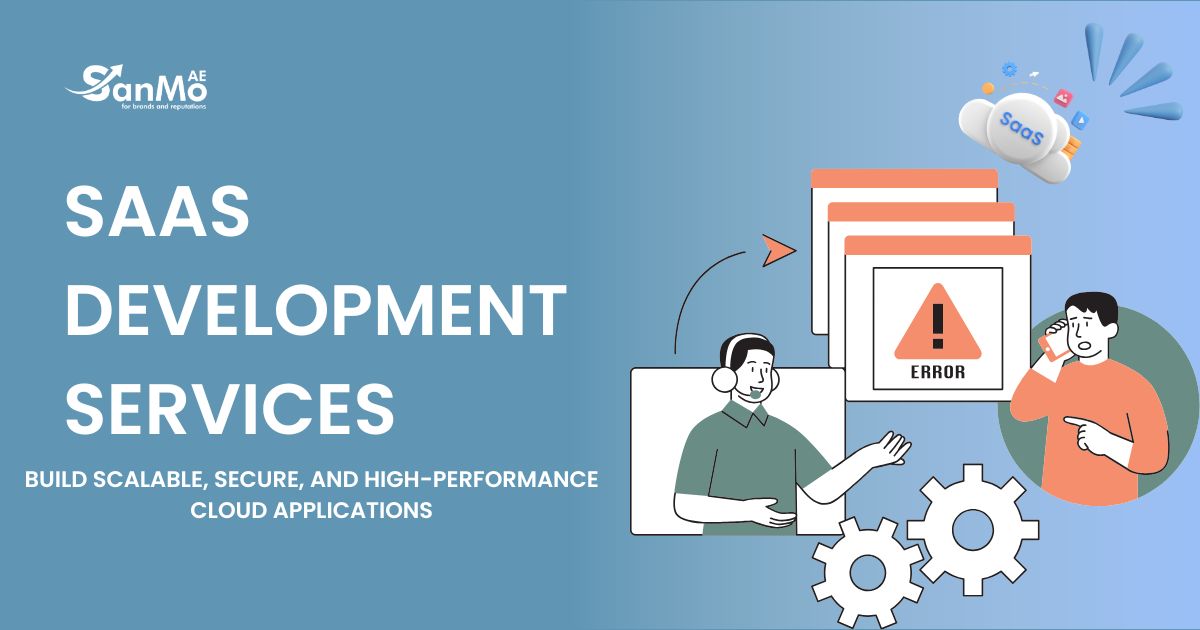Web design and development work hand in hand to create the digital experiences we interact with every day. Yet many business owners and aspiring web professionals struggle to understand how these two disciplines complement each other, or where to begin their journey into building effective websites.
Whether you’re planning to hire professionals for your business website or considering a career change into tech, understanding the fundamentals of web design and development will help you make informed decisions. This guide breaks down everything you need to know about creating websites that not only look great but function flawlessly across all devices and platforms.
The web design and development industry continues to evolve rapidly, with new tools, frameworks, and best practices emerging regularly. By the end of this post, you’ll have a clear roadmap for navigating this exciting field and building websites that deliver real results for businesses and users alike.
Understanding Web Design vs Web Development
Web design focuses on the visual and user experience aspects of a website. Designers create layouts, choose color schemes, select typography, and plan how users will navigate through the site. They use tools like Figma, Adobe XD, or Sketch to create mockups and prototypes that show how the finished website will look and feel.
Web development brings those designs to life through code. Developers build the actual functionality of the website, ensuring it works properly across different browsers and devices. They handle everything from basic HTML structure to complex database interactions and server configurations.
Think of web design as the architect’s blueprint and web development as the construction work. Both are essential for creating websites that succeed in achieving their goals, whether that’s generating leads, selling products, or sharing information.
Essential Components of Modern Web Design
User Experience (UX) Design
UX design focuses on how users interact with your website. Good UX design makes websites intuitive and easy to navigate, reducing friction between users and their goals. This involves researching user behavior, creating user personas, and mapping out user journeys through your site.
Effective UX design considers factors like page load times, mobile responsiveness, and accessibility for users with disabilities. These elements directly impact how long visitors stay on your site and whether they complete desired actions like making purchases or filling out contact forms.
Visual Design Elements
Visual design encompasses the aesthetic aspects that make websites appealing and memorable. This includes color psychology, typography choices, imagery, and overall layout composition. Successful visual design creates a consistent brand experience while guiding users’ attention to important elements.
Modern web design trends emphasize clean, minimalist layouts with plenty of white space. However, the best approach depends on your target audience and business goals. A creative agency might benefit from bold, experimental design choices, while a law firm might prefer a more conservative, professional appearance.
Responsive Design Principles
Responsive design ensures websites work well on all screen sizes, from smartphones to desktop computers. This approach uses flexible grids, scalable images, and CSS media queries to adapt layouts automatically based on the user’s device.
Mobile traffic now accounts for over half of all web browsing, making responsive design essential rather than optional. Search engines also prioritize mobile-friendly websites in their rankings, so responsive design directly impacts your site’s visibility in search results.
Core Web Development Technologies
Frontend Development
Frontend development handles everything users see and interact with directly. The foundation consists of three core technologies: HTML for structure, CSS for styling, and JavaScript for interactivity.
HTML provides the basic structure and content of web pages, using semantic elements to organize information logically. CSS controls the visual presentation, including colors, fonts, layouts, and animations. JavaScript adds dynamic functionality like form validation, interactive elements, and real-time updates.
Modern frontend development often involves frameworks and libraries like React, Vue.js, or Angular. These tools help developers build complex user interfaces more efficiently while maintaining clean, organized code that’s easier to maintain and update.
Backend Development
Backend development powers the behind-the-scenes functionality that users don’t see directly. This includes server logic, database management, user authentication, and API integrations that connect your website to other services.
Popular backend technologies include Node.js, Python with frameworks like Django or Flask, PHP, Ruby on Rails, and Java. The choice depends on factors like project requirements, team expertise, and scalability needs.
Database management is a crucial backend responsibility. Developers must design efficient database structures, write optimized queries, and implement security measures to protect sensitive user data.
Full-Stack Development
Full-stack developers work with both frontend and backend technologies, giving them a comprehensive understanding of how websites function as complete systems. This versatility makes them valuable for smaller projects or teams that need flexible skill sets.
However, the depth of knowledge required for modern web development means many professionals choose to specialize in either frontend or backend development. Both approaches have merit depending on career goals and project requirements.
Planning Your Web Design & Development Project
Defining Project Requirements
Successful web projects start with clear requirements that outline goals, target audience, functionality needs, and success metrics. This planning phase prevents costly changes later in the development process and ensures all stakeholders share the same vision.
Requirements should include technical specifications like supported browsers, performance targets, and integration needs with existing systems. They should also cover content strategy, SEO goals, and ongoing maintenance requirements.
Choosing the Right Technology Stack
Your technology stack includes all the tools, frameworks, and platforms used to build your website. The right choice depends on factors like project complexity, budget, timeline, and long-term maintenance needs.
Content Management Systems like WordPress, Drupal, or custom solutions built with modern frameworks each offer different advantages. WordPress provides ease of use and extensive plugin ecosystems, while custom solutions offer complete control and optimization for specific needs.
Budgeting and Timeline Considerations
Web design and development costs vary significantly based on project scope and complexity. Simple business websites might cost a few thousand dollars, while complex e-commerce platforms or web applications can require investments of tens of thousands or more.
Timeline expectations should account for multiple phases including planning, design, development, testing, and launch. Rushing any of these phases often leads to problems that cost more to fix later than addressing them properly from the start.
Best Practices for Success
Performance Optimization
Website speed directly impacts user experience and search engine rankings. Optimization techniques include image compression, code magnification, caching strategies, and choosing reliable hosting providers.
Regular performance monitoring helps identify issues before they impact users. Tools like Google Page Speed Insights, GT Metrix, and Web Page Test provide actionable recommendations for improving site speed.
Security Considerations
Website security protects both your business and your users’ data. Essential security measures include SSL certificates, regular software updates, strong password policies, and secure coding practices that prevent common vulnerabilities.
Regular security audits and backups provide additional protection against threats. Many security breaches result from outdated software or plugins, making maintenance schedules crucial for long-term security.
SEO Integration
Search engine optimization should be built into websites from the beginning rather than added as an afterthought. This includes technical SEO elements like proper HTML structure, fast loading times, and mobile-friendliness.
On-page SEO involves optimizing content, meta tags, and internal linking structures. Regular content updates and keyword research help maintain and improve search engine rankings over time.
Building Your Web Design & Development Skills
Learning web design and development requires consistent practice and staying current with industry trends. Start with fundamental technologies like HTML, CSS, and JavaScript before moving on to more advanced frameworks and tools.
Online resources like freeCodeCamp, Codecademy, and MDN Web Docs provide structured learning paths. Building personal projects and contributing to open-source projects helps develop practical experience that employers value.
The web industry values continuous learning since technologies and best practices evolve constantly. Following industry blogs, attending conferences, and participating in developer communities helps professionals stay current and advance their careers.
Getting Started with Your Website Project
The best approach for your web design and development project depends on your specific needs, budget, and timeline. Small businesses might start with template-based solutions before investing in custom development as they grow.
Consider your long-term goals when making technology choices. A solution that meets today’s needs but can’t scale with your business growth may require expensive rebuilds later.
Whether you’re building websites professionally or for your own business, focus on creating user-centered experiences that solve real problems. Technical skills are important, but understanding user needs and business goals determines whether websites truly succeed.
Start by clearly defining what you want to achieve with your website, then choose the design and development approach that best supports those goals within your available resources.








